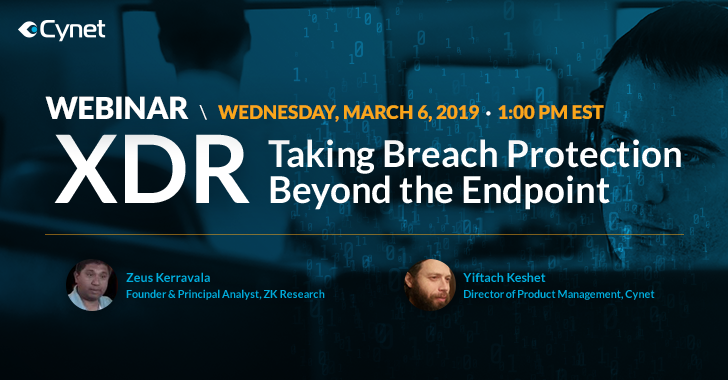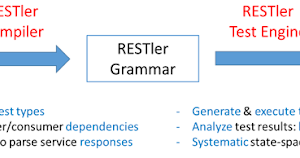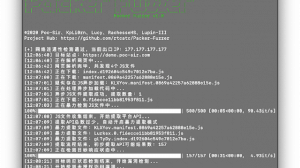[sc name=”ad_1″]
How do you know whether an attacker has infiltrated your network? Can you really rely on an Endpoint Detection and Response (EDR) solution to be your go-to technology for identifying security breaches?
Endpoint detection and response (EDR) platform has been an important technology to detect cybersecurity incidents, but it provides only the view of endpoints, just a portion of the big picture.
Since hackers can explore and exploit anything within reach, not just a few monitored endpoints, many security professionals are reaching the realization that the actual attack surface of their organizations is significantly wider than only endpoints.
In an ideal and more effective approach to security, a broader set of attack vectors and activity data should be examined to get a more complete view of the attack operation.
On top of the endpoint, security solutions must also include cloud, threat intelligence, network data, and logging information, among others.
If you haven’t already, say hello to XDR, the next generation, a proactive approach that provides security practitioners with the full picture.
XDR technology offers a better way to rapidly detect and respond to cyber threats across your enterprise, spanning your network, cloud, and endpoints.
To learn more, you can join this webinar on Wednesday, March 6 at 1:00 PM EST, where Zeus Kerravala, founder and Principal Analyst with ZK Research will share his vision on XDR and how it will take organizations to the next age of threat detection.
While many label EDR more about detection and less about the response, XDR is an entirely different story. By providing a clear view of activity across the organization’s environment, XDR enables security professionals to identify, investigate and effectively respond to real threats quickly.
Want to learn more about this new approach to securing the organization?
Sign up for the webinar, and our partner Cynet will send you a registration email. See you on March 6, 2019, at 1:00 PM EST to talk about the EDR of today, and the XDR of tomorrow.





















Add Comment